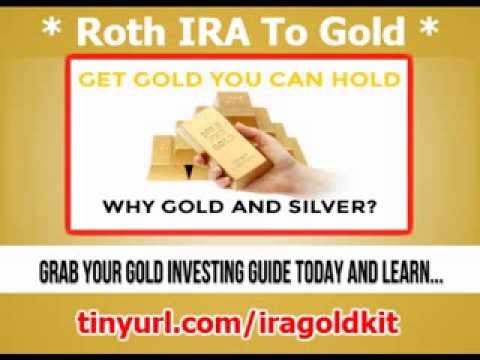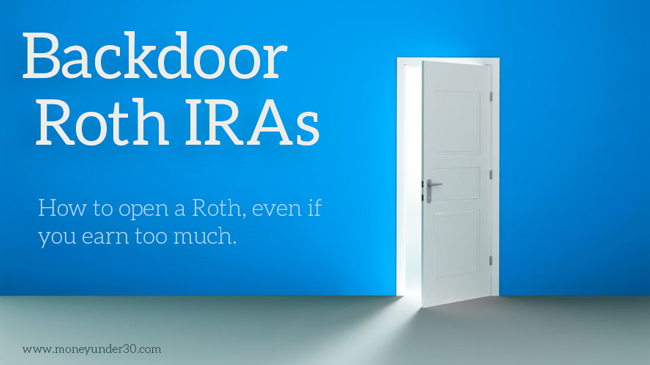How (And Why) To Open A 401(k)
Post on: 1 Август, 2015 No Comment

These days the start of a career is the time to set up retirement accounts. Like eating spinach and getting a yearly physical, putting away money you won’t touch for decades is one of those things people know they’re supposed to do–but often put off until tomorrow. Or until their 30s or 40s.
“The lesson I wish someone had sat me down and taught me when I graduated is: The only way to not work forever is to start saving today,” says Parker Payson, executive vice president of Employee Fiduciary, a company that sets up and maintains 401(k) plans.
Here’s why procrastinating will cost you. If you have access to an employer-sponsored 401(k), you can usually buy mutual funds with pretax dollars. Think of it as getting an automatic raise just to put aside money to use later in life.
A company-sponsored 401(k) is even more beneficial if your employer matches a portion of the money that you put into it. In a typical match, if you put 6% of your salary into the 401 (k), the company will kick in 3%, providing an immediate boost to your income and savings. Failing to set up a 401(k) under such circumstances is tantamount to turning down free money.
When you get the paperwork to sign up for a 401(k), you’ll have to choose how much of your salary to contribute. Put in as much as you can, but definitely enough to qualify for and full benefit from any matching funds your employer offers.
If you have a choice between setting up a traditional 401(k) or what’s called a Roth 401(k), lean toward the Roth. With that, you pay taxes now, when you presumably are in a low tax bracket, and take money out later tax-free. Assuming your account grows in value over time, it could be one of the most lucrative moves you ever make.
In most cases, you’ll choose investments from a menu of options your employer has pre-selected. In most cases that means mutual funds, which are pools of stocks, bonds or other investments.
Often the best alternatives are index funds. Unlike actively managed mutual funds, in which managers select assets they think will do well, index funds track broad market indexes, ranging from the 500 companies that best approximate the overall economy (the Standard & Poor’s 500) to every single stock in the world. When you own an index fund, the good-performing stocks balance out the bad ones, and you get the market average in return.
Index funds will not rescue you from doing poorly in a bad market. But over the long term, they will provide you with low costs, broad diversification and, if history is any guide, respectable returns that beat those of the vast majority of actively managed mutual funds.
A reasonable portfolio for a recent graduate would put about two-thirds in an S&P 500 index fund or total stock market fund, a quarter in a bond index fund, and the rest in small-cap and an international stock index funds.
You may be reluctant to set up a 401(k) because you’re worried that the stock market will crash when you’re close to retirement, forcing you to work into your 90s. Set up an account anyway. Then as you age, migrate your assets out of stocks and into funds that own high-quality corporate bonds and government-issued Treasuries. An oft-quoted rule of thumb is that the percentage of bonds in your portfolio should match your age: if you’re 25, then put a quarter of your assets in bonds; if you’re 35, make it 35% and so on. By the time you’re ready to retire, you should have a large percentage of your retirement account in bonds.
And keep in mind that the stock market’s recent drop is good news if you plan to hold stocks and bonds for a long time. Buy while they’re cheap. “It works to your advantage if you’re in the accumulation stage, which you’re going to be for 40 years,” says Payson.

Retirement investing does have a cost. Some costs are included in what’s called the expense ratio. These are the amounts deducted daily from mutual fund accounts, and it’s a good idea to favor funds that have low expense ratios. On first blush, it’s easy to think a 2% fee isn’t bad (and that’s what fund companies want you to think). But that 2% looks a lot higher when you realize it can gobble up a significant portion of a fund’s net return after inflation.
What’s more, you can buy index funds that are almost certainly going to perform better than actively managed funds over the long run and cost 95% less. These lower-cost funds are available from fund families like Charles Schwab. Fidelity and Vanguard.
You may see stars next to the funds, ratings from companies such as Morningstar and Lipper. Pay more attention to fees and expense ratios than you do to any stars. Those, like a chart showing how the fund has performed, will usually tell you a lot more about how the fund has done in the past than how it might do in the future.
If your company’s 401(k) offers only expensive alternatives and no matching contribution, opt out and set up an Independent Retirement Account or Roth IRA on your own. The Roth IRA also lets you save for retirement in a tax-advantaged way. With it, you can call a company such as Vanguard and set up an account. You will have to pick your investments, just like with a 401(k), but you’ll have more choice of possible investments.
If you can, set up both a 401(k) and a Roth IRA. The traditional wisdom has been to put money into a 401(k) first, at least to the extent that your employer matches your contributions. Then invest as much as you can in a Roth IRA. That’s good advice for many folks.
You may assume you’ll make more later in life and start saving then, or that you’ll strike it rich and retire easily. Maybe it will happen. But make sure to open at least one retirement account now. That way your money can compound for decades without your having to pay a dime in taxes. When it’s time for you to retire, you’ll be happy you planned ahead.














